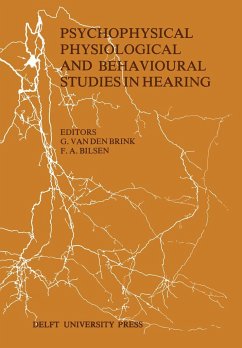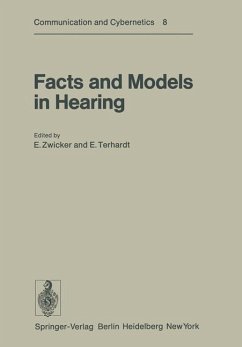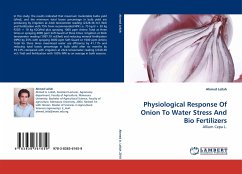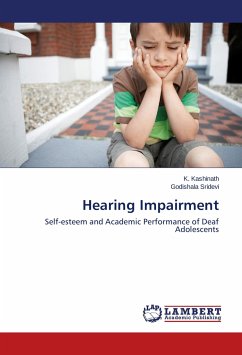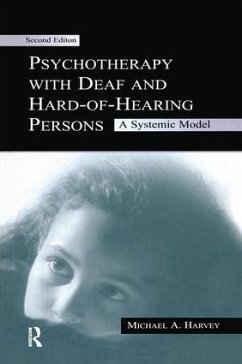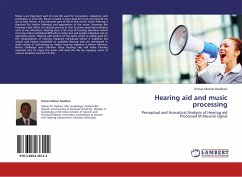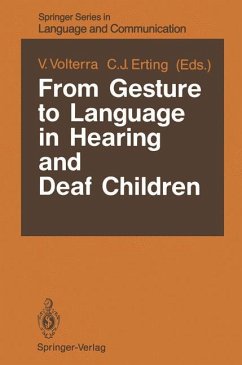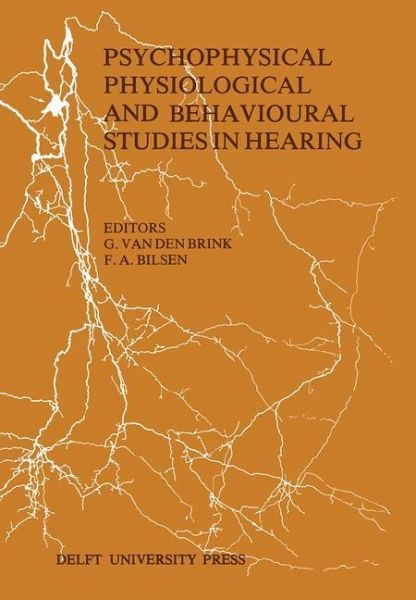
Psychophysical, Physiological and Behavioural Studies in Hearing
Proceedings of the 5th International Symposium on Hearing Noordwijkerhout, The Netherlands April, 8-12, 1980
Herausgegeben: Brink, G. van den; Bilsen, F. A.
Versandkostenfrei!
Versandfertig in 1-2 Wochen
39,99 €
inkl. MwSt.

PAYBACK Punkte
20 °P sammeln!
Experimentists in various disciplines, such as anatomy, physics, chemistry, physiology, psychophysics and psychology, have been carrying out their studies in order to increase our knowledge and understanding of sensory perception. To profit maximally from the results, obtained from these different viewpoints each should take the work of the others into account. The need for intensive communication is, therefore, ever present. In 1969, in the field of auditory research, this need resulted in P10mp's initiative to organizing an international symposium "Frequency analysis and periodicity percepti...
Experimentists in various disciplines, such as anatomy, physics, chemistry, physiology, psychophysics and psychology, have been carrying out their studies in order to increase our knowledge and understanding of sensory perception. To profit maximally from the results, obtained from these different viewpoints each should take the work of the others into account. The need for intensive communication is, therefore, ever present. In 1969, in the field of auditory research, this need resulted in P10mp's initiative to organizing an international symposium "Frequency analysis and periodicity perception in hearing". Considering the lively discussions and the numerous references in literature to the proceedings of this Driebergen symposium, the meeting clearly fulfilled its need. It was clear at the time that this sort of symposium should be held regularly. This resulted in meetings in 1972 (Eindhoven), 1974 (Tutzing) and 1977 (Keele). At the meeting in Keele it was agreed that the next one should be held in 1980, again in the Nether lands. With regard to the program, we decided to carryon the - now expande- tradition of including anatomy, physiology, psychophysics and the development of models in the program, but to pay more attention to the behavioural aspects of hearing at the same time. As a result, some contributions on animal behaviour have been included in the program. One of the great advantages of this sort of symposium is, that one has the opportunity of paying immediate attention to topics that are of current interest at the time.





